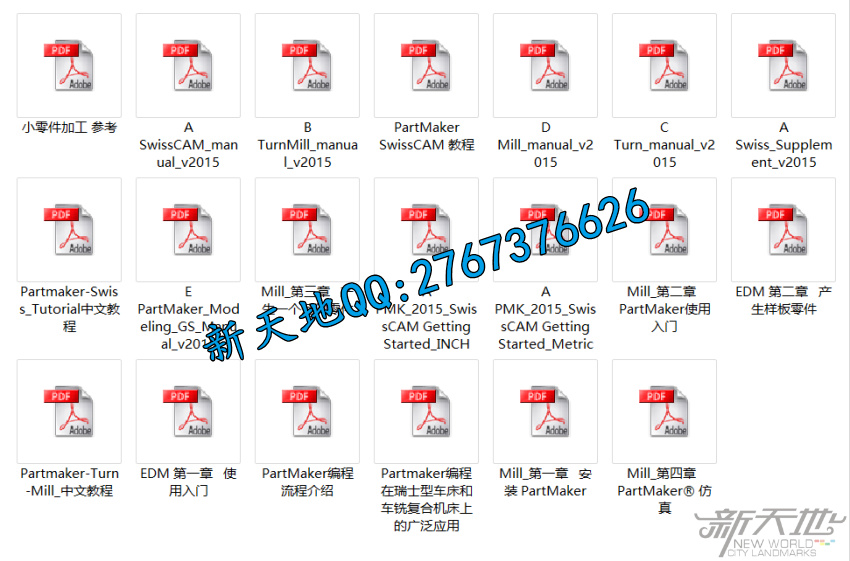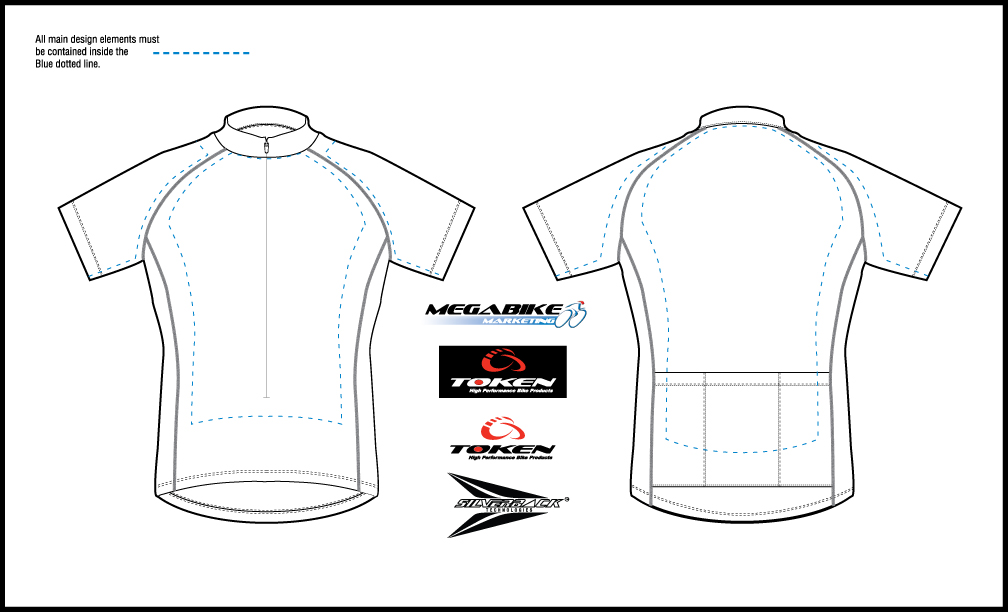

- #Geomagic design x tutorial pdf update
- #Geomagic design x tutorial pdf manual
- #Geomagic design x tutorial pdf software
Since then, of course, there has been consolidation. But in effect, the company had purchased two arch-rivals and two sets of very similar functions, albeit with their own slightly different approaches, different user interfaces and different underlying technologies.

There was some sense to this: at that time, 3D Systems was also developing 3D scanner products. Again, the focus here was 3D scan data post-processing and scan-based inspections. The second acquisition, of Geomagic, took place the following year. The first of these was 3D Systems’ 2012 purchase of the Rapidform product line-up from Inus Technology, which focused on tools for post-processing 3D scan data into analytical surface models and for scanbased inspections.
#Geomagic design x tutorial pdf software
Developed by 3D Systems, better known for its 3D printers and on-demand manufacturing services, the software has its roots in two acquisitions made by the company some years ago.

Geomagic Design X is a product with a somewhat complicated back story.
#Geomagic design x tutorial pdf update
For more information on Geomagic Design X please click the button below.Geomagic Design X – The combination of technology acquired by 3D Systems from Rapidform and Geomagic really shows up in the latest update to the company’s Design X software for fixing-up scan data for use in your design and engineering workflows For example, if the cross-section starts as a large radius, tapers to a square or oval shape or smaller radius and then to a different size radius.Īs you can see, these powerful tools in Design X help us automate the reverse engineering process, thereby us saving time and improving the accuracy of our final 3D scan models. The Sweep Wizard should be used when the cross-section varies as in this example or if isn’t a constant radius. This Wizard will always return a proper centerline and have a constant cross-section, even if the pipe that was scanned was warped or damaged. This is because The Pipe Wizard should be used only if the desired end result CAD model is a constant cross-section, radial pipe shape. This also generates a similar result, but if we bring the Sweep surface back up, we see that we have a much more accurate result. We repeat the same process with Pipe wizard and analyze the scan. Next, we will analyze the same feature with Pipe Wizard.
#Geomagic design x tutorial pdf manual
This would be very difficult to extract through manual measurement, and the result would not be as accurate. The main goal was to capture the path shown below, a compound curve. As we can see, the generated surface is very accurate to the original scan. We click OK and hide the scan model, so we can see the generated surface. By selecting the surface, the computer opens up two different viewpoints where we can analyze the geometry. We can also analyze it with Sweep Wizard. We can auto segment the scan to identify all of the features. In this example, we have a compound curve elbow. It intelligently computes sectional profiles and the path based on the selected regions. This tool quickly extracts sweep objects from a mesh. They help users perform tasks in an automated fashion, tasks that would otherwise be very complicated to perform manually. Modeling wizards are intelligent tools used to extract 2 or 3-dimensional sketches, profiles, and features, from 3D scan data. This blog post will compare two modeling tools in Geomagic Design X, the Sweep and Pipe Wizards.


 0 kommentar(er)
0 kommentar(er)
